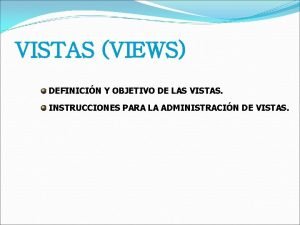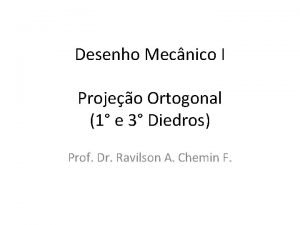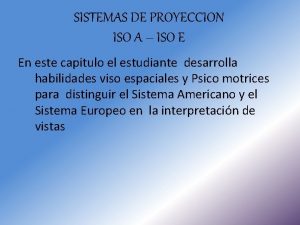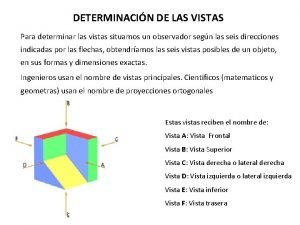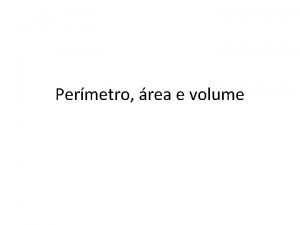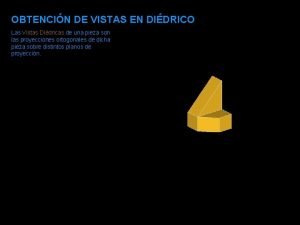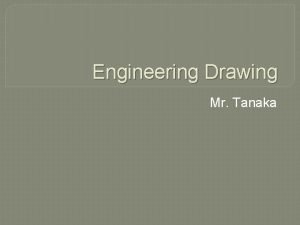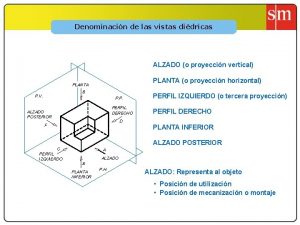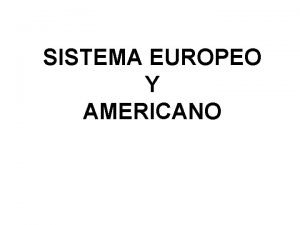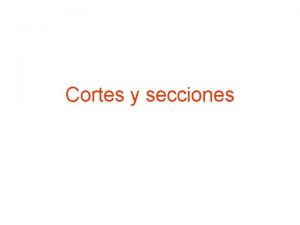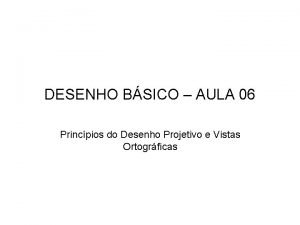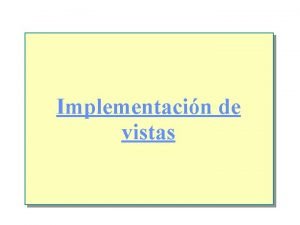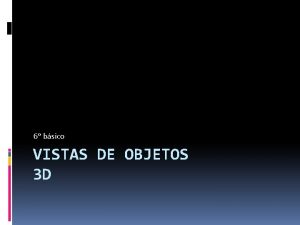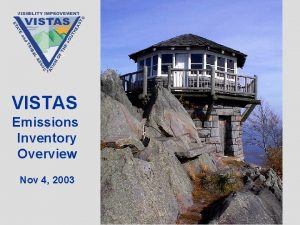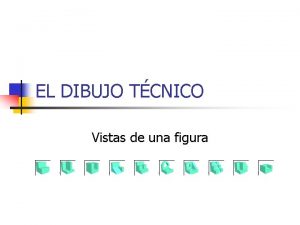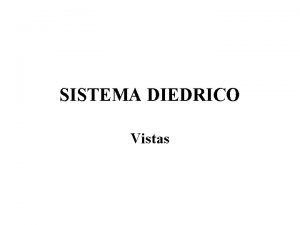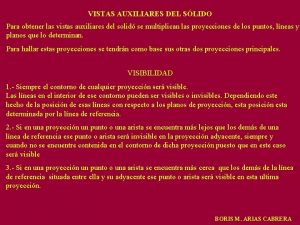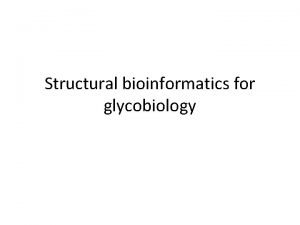Summit on Vistas in Structural Chemistry 28 30











- Slides: 11

Summit on Vistas in Structural Chemistry 28 -30 April 2014, Karachi, Pakistan Overview of Pharma Patent Landscape in India Ashwini Nangia University of Hyderabad http: //chemistry. uohyd. ernet. in/~an/ http: //www. crystalin. co. in/

Disclaimer The disclaimer has three main functions. First, it specifies the basis upon which the website may be used. In order to use a website, it must be copied, and so this takes the form of a copyright licence. Second, it attempts to limit and exclude (disclaimer) various types of liability that may arise from the use of the website. Third, it prompts the publication of certain information that must, under English law, be published on a website. The document is a shorter version of the basic website terms and conditions document available on this website. The main differences is that this document omits the provisions relating specifically to interactive website features. The disclaimer document is divided into the following sections: a licence of the copyright in the website (and restrictions on what may be done with the material on the website); a disclaimer of liability (which gives the document its name); a variation clause; an entire agreement clause; a clause specifying the applicable law and the jurisdiction in which disputes will be decided; and a provision specifying some of the information which needs to be disclosed under the Ecommerce Regulations. There is no magic to the document name: this "disclaimer" might as easily be called "terms and conditions" or "terms of use" or "website terms". Please read the notes accompanying the disclaimer very carefully. You will of course need to adapt the disclaimer to suit your website and business. The main terms of the licence incorporated into the terms and conditions are as follows. Unless you have paid for the right to use the relevant document without a credit and hyperlink, you must: (a) retain the credit in the free legal document; and (b) if you publish the document on a website, include a link to www. seqlegal. com from your website. The link can be pointed at any page on www. seqlegal. com. Subject to this point, you may edit and amend the documents to render them suitable for your purposes. You must not re-publish the free legal documents in unamended form. All footnotes and brackets should be removed from the documents before publication. You must not sell or re-distribute the free legal documents or derivatives thereof. We give no warranties or representations concerning the free legal documents, and accept no liability in relation to the use of the free legal documents.

History of Indian Patents act • Patents and Designs Act, 1911. Provisions both for Product and Process patents • Modified to the Act XXXII of 1950. Inventions, Compulsory licensing, revocation of patents, and then Act LXX of 1952 to provide for compulsory license for food and medicines • Patents Act 1970. Process patent regime. • Between 1970 to 1994 the Indian Pharmaceutical industry became selfsufficient and an exporter of medicines • GATT and WTO regime in 1995 made India part of Int. IPR regime and TRIPS compliant. Now again both Product and Process patent for Drugs, Pharma, Food, Cosmetics, etc. 2005 onwards after 35 years • Art. 65 of TRIPS allowed for a 10 year transition period to developing countries, i. e. 2005 • Product patents for inventions on pharma, agro, foods, and chemical reactions since 01. 2005. Patent period of 20 years • Pharma patents are of utmost concern not only to India, but also ROW as India has emerged as "the pharmacy of the world". • Today’s IPR regime of India Patents Act 1970 and Amendments 2005

Sections relevant to Pharma • Section 2 (1) (j): Novelty, inventive step & industrial applicability of products or processes • Section 3 (d): Mere discovery of new form of known substance which does not result in enhancement of known (therapeutic) efficacy or mere discovery of any new property or new use for a known substance – New forms of known substance such as: Salts, Ethers and Esters; Polymorphs; Solvates, including Hydrates, Clathrates; Stereoisomers; Enantiomers; Metabolites and pro-drugs; Conjugates; Pure forms; Particle size; Isomers and mixtures thereof; Complexes; Derivatives of known substances • Section 3 (e): Mere admixture resulting only in aggregation of the properties of the components thereof or a process for producing such admixture • Section 3 (p): An invention which in effect is traditional knowledge or which is an aggregation or duplication of known properties of traditionally known component or components

Gleevec case – Novartis AG vs. Uo. I • Imatinib is a protein-tyrosine kinase inhibitor • Imatinib mesylate has 2 main forms, and • α crystals needle morphology and hygroscopic. Pose difficulties in manufacturing and tableing • β crystals are of uniform morphology and easy to handle and also thermodynamically stable • The free base imatinib is protected by US patent 5, 521, 184, Granted on May 1996, Priority April 1992 (Zimmermann Patent ) • Subsequently US patent 6, 894, 051, Granted May 2005, Priority July 1997 for the β crystalline form • The drug was submitted for approval (in India) taking priority of Zimmerman patent, the marketed crystalline form of Gleevec (also Glivec) is the latter patent on the β form • The 1993 patent disclosed imatinib and a list of pharmaceutically acceptable salts including the mesylate

Novartis vs. Union of India • Novartis argued that Gleevec was claimed in the Zimmerman patent (imatinib molecule), but it was not fully disclosed in an enabling manner (the β polymorph), thus making a differentiation between “claims” and “disclosure” • This wonderful legalese was eloquently rejected by the Indian Supreme Court. 1 April 2013 • “We certainly do not wish the law of patent in this country to develop on lines where there may be a vast gap between the coverage and the disclosure under the patent; where the scope of the patent is determined not on the intrinsic worth of the invention but by the artful drafting of its claims by skilful lawyers, and where patents are traded as a commodity not for production and marketing of the patented products but to search for someone who may be sued for infringement. • The Supreme Court heralds Section 3(d) as a “second tier of qualifying standards for chemical substances/ pharmaceutical products in order to leave the door open for true and genuine inventions but, to check any attempt at repetitive patenting or extension of the patent term on spurious grounds. ” NO to Ever-greening/ Incremental innovation

Glenmark vs. Merck • Januvia – Sitagliptin phosphate hydrate • Plaintiff contends that it has invented the innovator salt sitagliptin phosphate hydrate • Merck has separate patents in USA for drug molecule (Markush) and PO 4 salt (specific claim). US 6, 699, 871, Mar 2004 (broad class of DPIV inhibitors, incl. many salts, reported HCl salt) and US 7, 326, 708, Feb 2008 (phosphate salt hydrate) • They abandoned the phosphate salt patent in India after filing appln. • The free drug patent IN 209816 discloses all salts of Sita (‘ 871) • IN ‘ 871 describes preparation of HCl salt but not phosphate • The compound that is marketed is not patented (in India), and the one that is patent covered (HCl salt, Sita base) is not marketed • Case is under litigation in Indian Courts • Delhi High Court refused to restrain Defendant Glenmark from marketing its Zita/ Zitamet version for type II diabetes, 5 April 2013

Tarceva – Erlotinib HCl • • Roche vs. Cipla Verdict by Delhi High Court in Sept. 2012 Roche and Pfizer were granted IN 196774 in Feb. 2007 (US 5, 747, 498 of May 1996) Two main issues by Defendant Cipla – Obviousness: Bioisosterism (ethynyl vs. methyl) and lack of inventive step (close relative of Gefitinib, AZ drug). Ruling rejected Obviousness under Sect. 64(1)(f) – Sect. 3(d): ‘ 774 patent (filed in 1996, granted 2006) claims polymorphs A and B of erlotinib HCl. Marketed Tarceva is polymorph B. IN ‘ 507 on B polymorph filed by Roche in 2006 was rejected by Patent controller in 2008 due to pre grant oppositions • • US ‘ 221 of Roche is the prior art patent for IN ’ 507 appln. Sect. 8 of Indian Patents Act: submission of information of corresponding Foreign applications (Form 3) on “same or substantially the same” inventions relating to the Indian application during the pendency of the Indian Application Plaintiffs did not furnish form 3, stating that US ‘ 221 is a different compound and not part of polymorph B (IN ‘ 507 appln. ) Justice Manmohan Singh concluded that US‘ 221 patent relates to the same or substantially the same invention being polymorphic form B of erlotonib HCl claimed in IN ‘ 774. Non compliance of Sect. 8 was the only major ground on which this case was revoked in favor of Cipla Not really the technical analysis but more to do with proper paper trail

Compulsory licensing • Baeyer obtained patent in India for Nexavar, anticancer drug, in 2008 • In Mar 2012 the Patents Controller granted Compulsory license to Natco for manufacture and marketing of sorofenib tosylate (INN) • Bayer tablet cost Rs. 2500. Natco Rs. 75 • Reason for invoking CL was that Bayer did not market the drug for 4 years after taking the license • Lack of availability of life saving cancer drugs to patients • Bayer appealed to the CL decision of Controller but IPAB upheld the verdict • Rare case of CL but a precedent in Indian patent legalese

World opinion – March 2014 news • USTR assessing India’s IP and patents system • Pharma Cos. opposed to granting of product patents by invoking Sect. 3(d) • Sectors supporting India’s IPR regime are Honeywell and Boeing • US Profs. And academics are in support of India’s IPR regime as practiced • Whereas US is critical of India’s patenting protection for generic Pharma, the USTR blatantly favored Apple over Samsung in “Smartphone patent wars”

